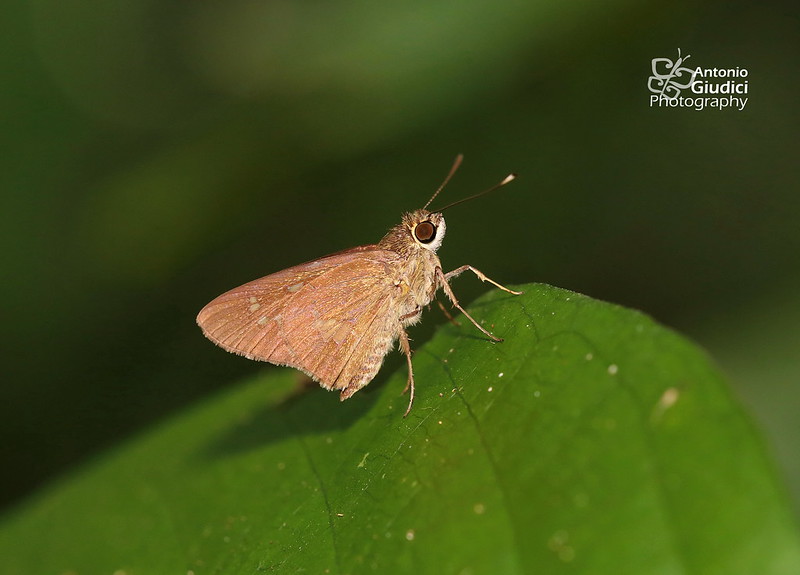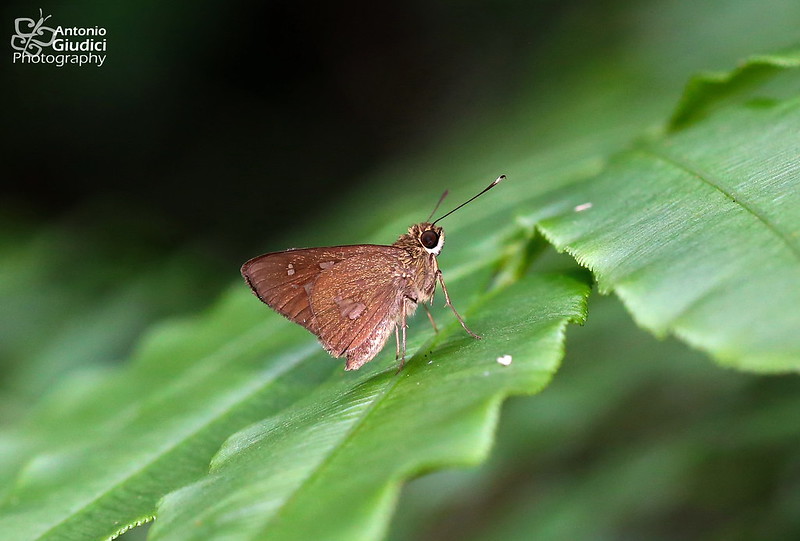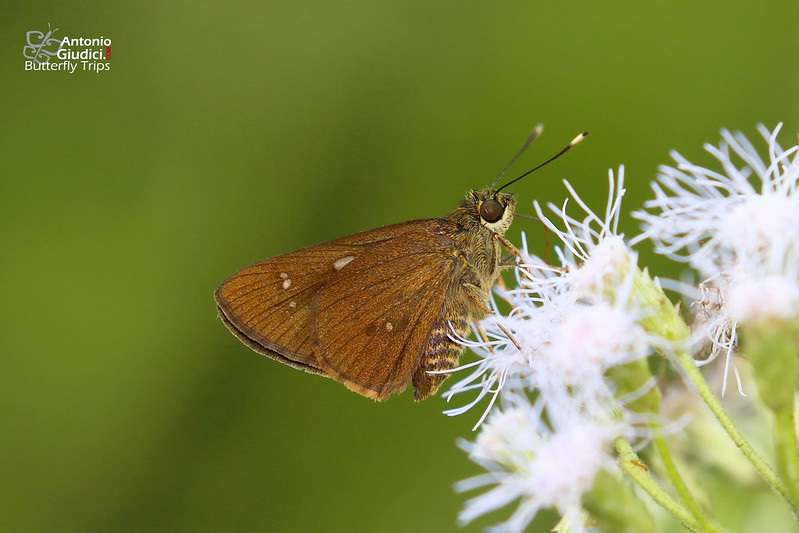I have some problem to ID properly this Hesperiidae I've found in my last poor trip at Krung Ching Waterall (Nakhon Si Thammarat-TH)
Isma sp.
It looks to me the same of this, ID as Isma umbrosa umbrosa, but I have some doubt now on the old ID:
Isma umbrosa umbrosa
My bet is on Isma bononia bononia, see pics from Les (Taman Negara-MY) here:
http://www.samuibutterflies.com/expe...e/ismabononia/
or Isma bononoides:
http://www.samuibutterflies.com/expe...smabononoides/






 Reply With Quote
Reply With Quote



